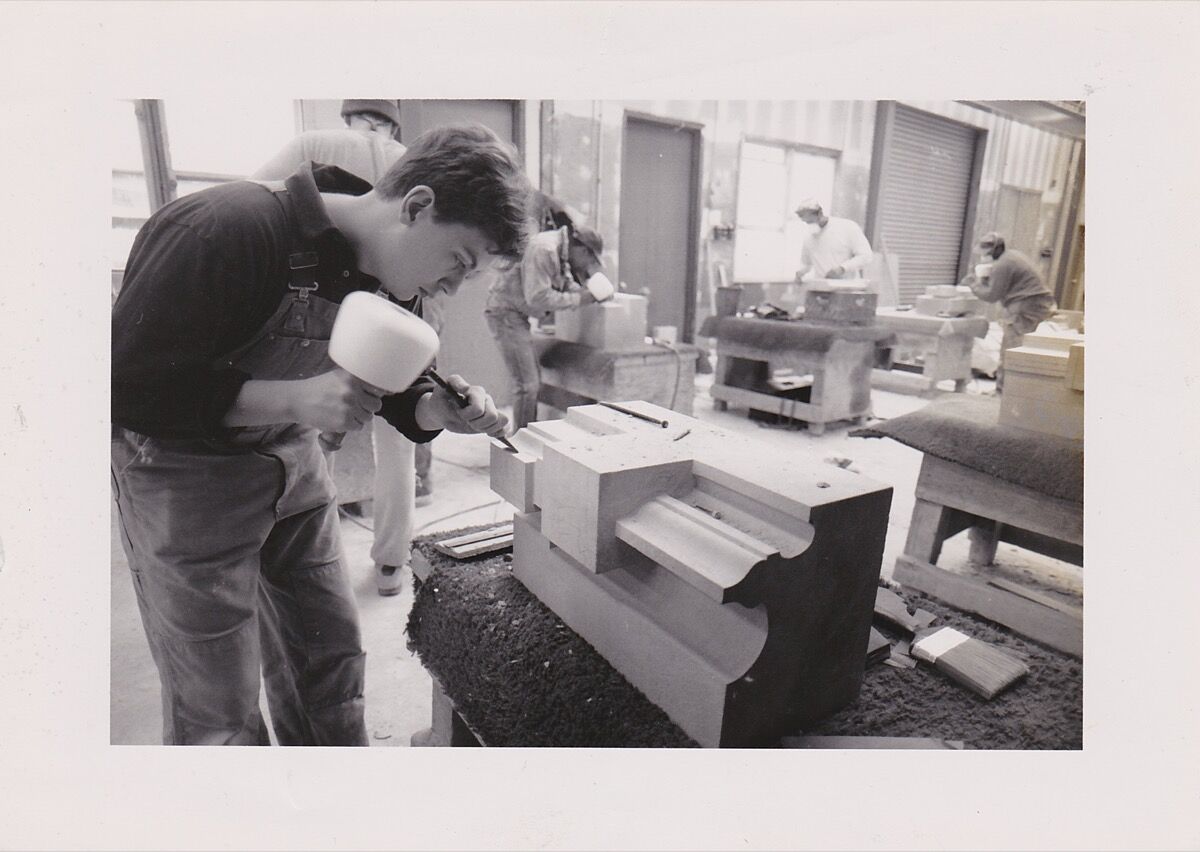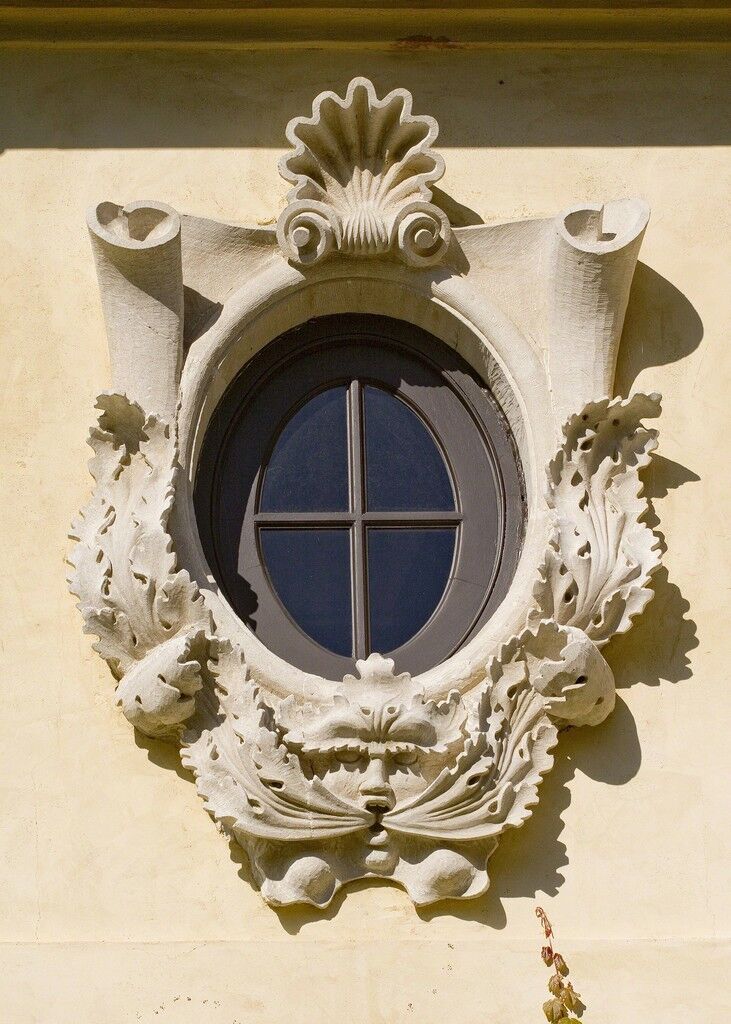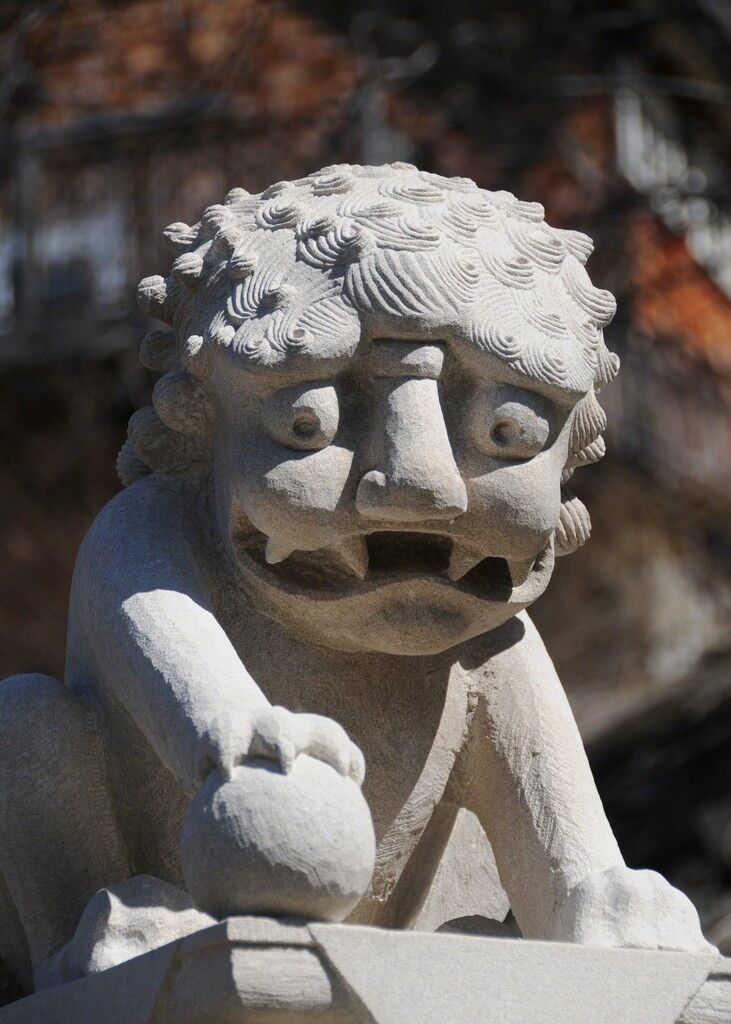Creativity
Inside the Artist Residency Program of the World’s Largest Cathedral

Paul Winter’s Winter Solstice Celebration. Courtesy of Paul Winter.
Nestled in Manhattan’s Morningside Heights neighborhood, the Cathedral Church of Saint John the Divine is not only the largest cathedral in the world, but likely also one of the most active. Though officially Episcopal, the cathedral has been known to host guests of all religious backgrounds and has a full calendar of cultural events—from organ recitals and art exhibitions to an annual holiday crafts market.
Many of the creative people behind these events are part of the cathedral’s decades-old artist residency program. Its esteemed ranks have included the likes of singer Judy Collins and high-wire artist Philippe Petit (famed for walking a tightrope between the towers of the World Trade Center in 1974), who keeps an office high up in one of the cathedral’s towers.
The cathedral’s artist residency program first came into being in the 1970s, as one of several visionary initiatives led by James Parks Morton, dean of the cathedral from 1972 until 1997. A Civil Rights activist, environmentalist, and former student of architecture, Dean Morton brought his interests into the cathedral through a wide variety of community-minded programs, opening up the space to the neighborhood at large. This included the offering of residencies to artists—opportunities for local creatives to carve out their own space on the cathedral grounds, to pursue their work—that continue today.

Chris Pellettieri working in the stone-carving studio. Courtesy of the artist.
Artist
, who grew up on West 108th Street and Broadway and attended The Cathedral School in the 1970s, remembers when Dean Morton created a stone yard on the cathedral grounds in 1979, to train people in the art of stone-carving. “It was a magnificent and majestic program taught by masters invited from Europe,” Pellettieri recalled. The paid apprenticeship program was intended to train unemployed residents of Morningside Heights, Harlem, and Newark to resume building the cathedral itself, which had remained unfinished after construction halted as the U.S. entered World War II.
After college, Pellettieri decided he’d had enough with academics and began working in construction, preferring to make things instead. He asked to join in the cathedral’s stone-carving as an apprentice in 1989, and has been a resident artist there ever since, with several of his carvings prominently displayed in the cathedral’s interior and exterior spaces. “It’s a highly therapeutic activity,” he explained. Even after the stone-carving apprenticeship program shut down in 1994, Pellettieri kept using the vacated space for his practice. Several years ago, he moved his practice to Greenpoint, Brooklyn, where he works on private commissions and teaches stone carving to a new generation.
Musician Frederick Renz, who is director of the Early Music New York ensemble, and was also one of Saint John the Divine’s original resident artists, recalls that his residency began through an invitation in 1974. Dean Morton offered Renz a space in the cathedral’s crypt. “He said we could rehearse any time, day or night,” the musician recalled. At the time, Renz and his fellow musicians had been working out of his studio apartment; needless to say, he gladly accepted the offer and would use the crypt space, free of charge, until 2008. Although the ensemble no longer rehearses there, Early Music New York still performs regularly at the cathedral. “We’re now spiritually in residence,” Renz quipped.
Grammy Award–winning saxophonist Paul Winter began his residency at the cathedral under similar circumstances. Dean Morton asked Winter if he wanted to be a resident in the fall of 1980. “I asked what that means, and he said, ‘Anything you want, baby,’” Winter recalled. With his interest in environmental issues, the dean was likely captivated by Winter’s inclusion of animal sounds in his compositions—such as whale songs and howling wolves. The musician would go on to present his annual “Earth Mass” at the cathedral each October, recently celebrating its 38th year. (The Paul Winter Consort also performs annual concerts to celebrate the solstices.)
While many of the cathedral’s artists took up their residencies in the early days of Dean Morton, others have become involved more recently, under the leadership of Lisa Schubert, who joined the cathedral staff in 2008, and is now the vice president of cathedral programming and external affairs.
“Lisa has created a remarkable new chapter in the cathedral,” Winter said. With a background in arts administration (before joining Saint John the Divine, she was startup director of the Rubin Museum of Art), in the past 10 years, Schubert has worked with the Dean of the cathedral to open up the space to a wide range of contemporary artists. She’s curated exhibitions with works by artists including
,
,
,
, and
, to name a few. Perhaps the most memorable exhibition took place in 2014, when Chinese artist
installed two massive phoenix sculptures that hung from the cathedral’s ceiling. (Petit did a wire act under the birds while they were on view.) In February, the cathedral will host a new exhibition with works by
,
, and others, under the theme of “Sanctuary.”

Installation by Xu Bing at Saint John the Divine. Photo by Jesse Robert Coffino.
Schubert has recommended to the Dean of the Cathedral several new artists to take on three-year residencies, including an organist, a beekeeper (who tends to hives on the cathedral grounds), and two scholars. Eiko Otake, a dancer and performance artist, is among this more recent wave of residents; she uses the cathedral as her rehearsal and performance space.
Also a professor at New York University, Otake said she likes to bring her students to Saint John the Divine and hold class there. “I also perform there alone,” she added. “I use the space as an open studio.” At times, she’ll even interact with visitors who happen to be walking through.
Writer Elizabeth Howard is the newest resident and the cathedral’s inaugural L’Engle Fellow, working out of the Madeleine L’Engle Library. (Madeleine L’Engle, best known for her book A Wrinkle in Time, was once the cathedral’s librarian.) Howard is still working on envisioning projects for her tenure. “The cathedral gives you space to think about spirituality in all its realms,” she mused.
The Cathedral gives residents the freedom to explore the space as they see fit, continuing Dean Morton’s legacy of fostering community through creativity. Additionally, as in the days of Dean Morton, appointments to the residency program involve an internal vetting process, rather than a formal application. “If somebody has an idea (and thoughts related to funding), the door is open,” Schubert said. Her ultimate goal is to “reimagine and bring to life this incredible space,” she added. “I feel like there’s an inherent optimism to a place like this.”
Elena Goukassian



No comments:
Post a Comment